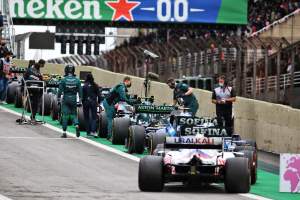Formula 1 will hold its first sprint race event of the 2022 season at Imola this weekend.
The overall format remains fundamentally the same as it did last year, with Friday’s qualifying session setting the grid for the Saturday sprint, then the sprint result dictating the grid for the grand prix itself.
F1 is still considering wider modifications to the format, but the challenge for drivers and teams is broadly unchanged with just a single one-hour free practice session starting at 12:30pm Friday to prepare prior to qualifying.
Here’s what you need to know about what has, and hasn’t, changed for sprint events this year.
Three sprint events
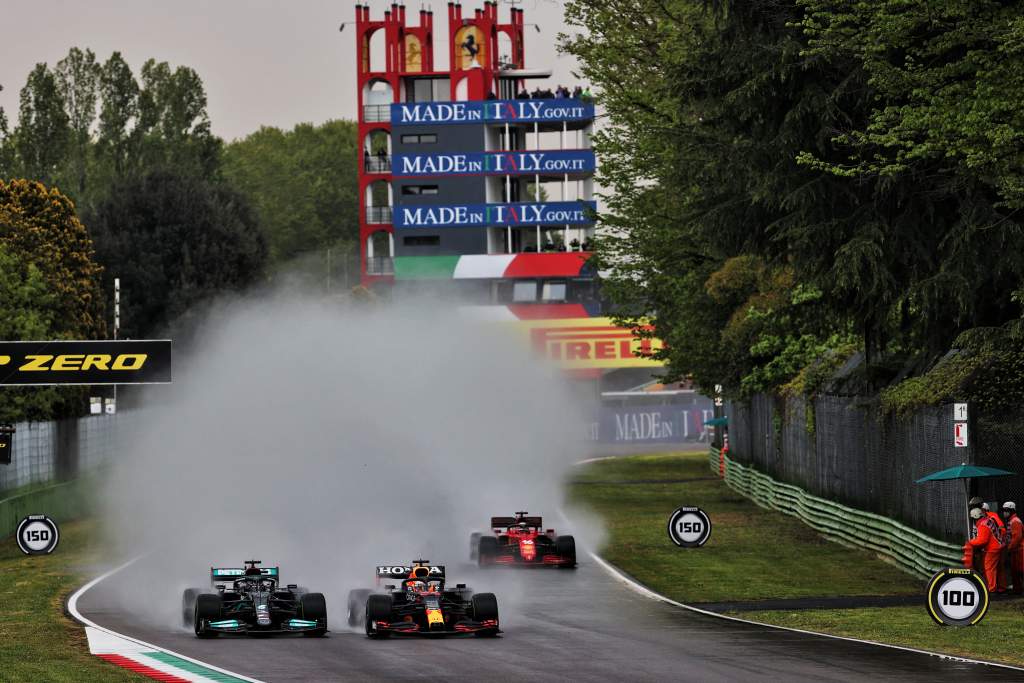
Originally, F1 hoped to hold six sprint events this year. Imola would have been the second of those, with the season-opener in Bahrain originally slated to be the first.
But the dispute about the rules, in particular the cost cap implications, led to a stalemate and prevented major changes being made.
The other sprint events will be at the Red Bull Ring in July and the penultimate race of the season at Interlagos in November.
More points to more drivers
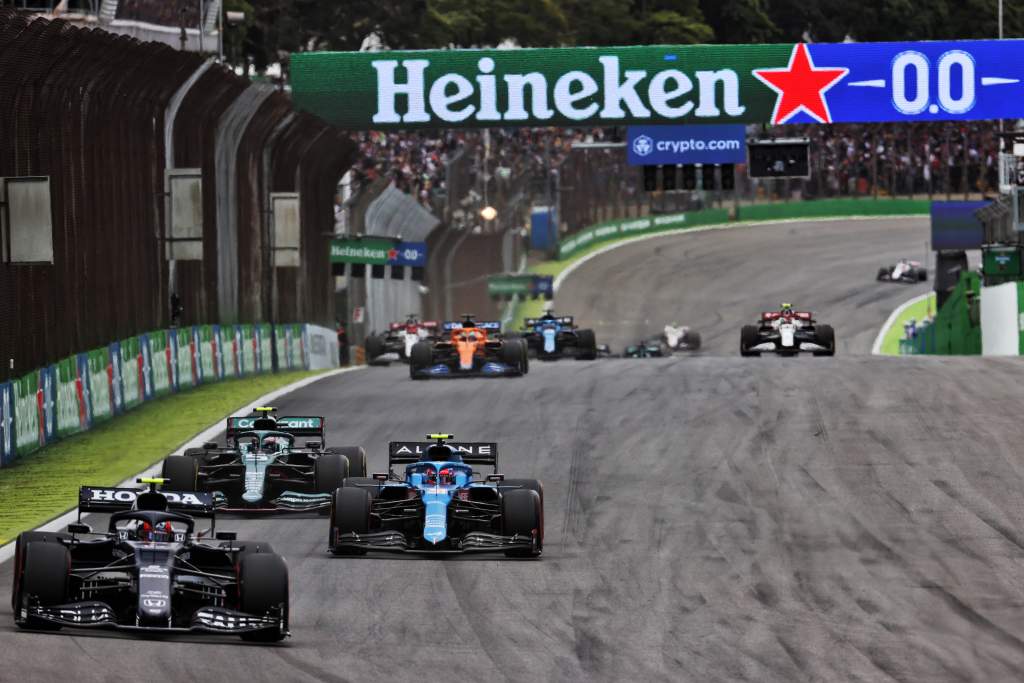
Last year, only the top three finishers were awarded points on a 3-2-1 basis. But this year, eight drivers will score.
The one-point gap between positions continues, with eight points for the sprint winner and one for the eighth-placed finisher.
This is to further incentivise drivers to be attacking in the sprint race after concerns last year that the risk/reward balance too often favoured conservatism.
No longer ‘sprint qualifying’
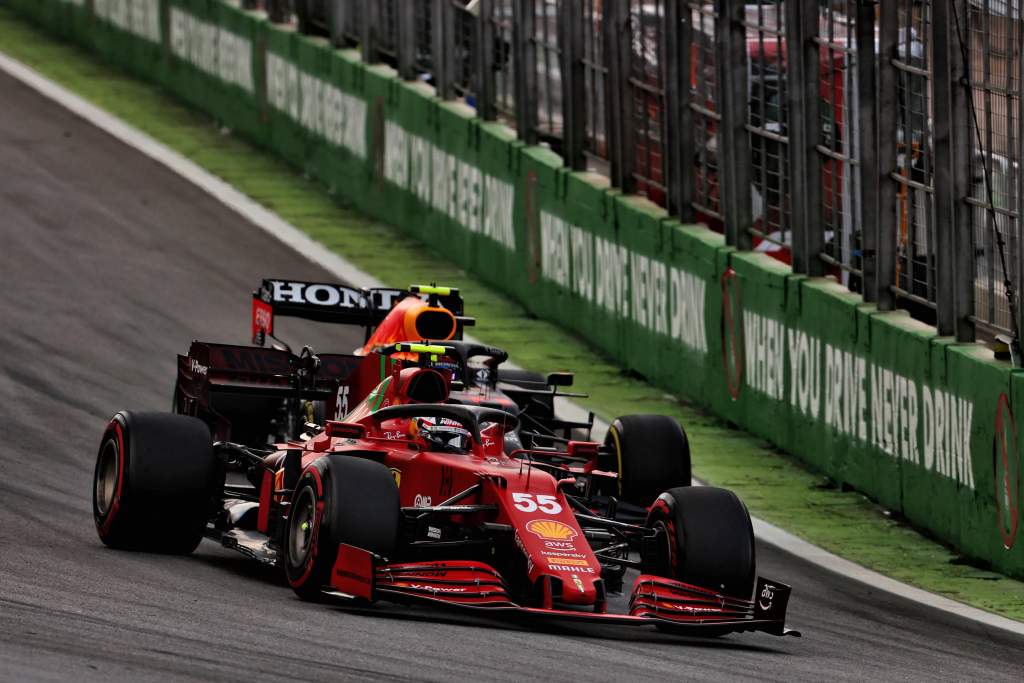
Last year’s somewhat cumbersome terminology of ‘sprint qualifying’ used to describe what is clearly a race has been dropped. Now, the sprint race is simply referred to as the ‘sprint’.
Owing to the late addition of sprints last year, qualifying had to be used in order to integrate it into the regulations.
In the sporting regulations, it is referred to as a ‘sprint session’ – hence not a race, which means grid penalties continue to be applied on Sunday.
Official pole position awarded to fastest qualifier
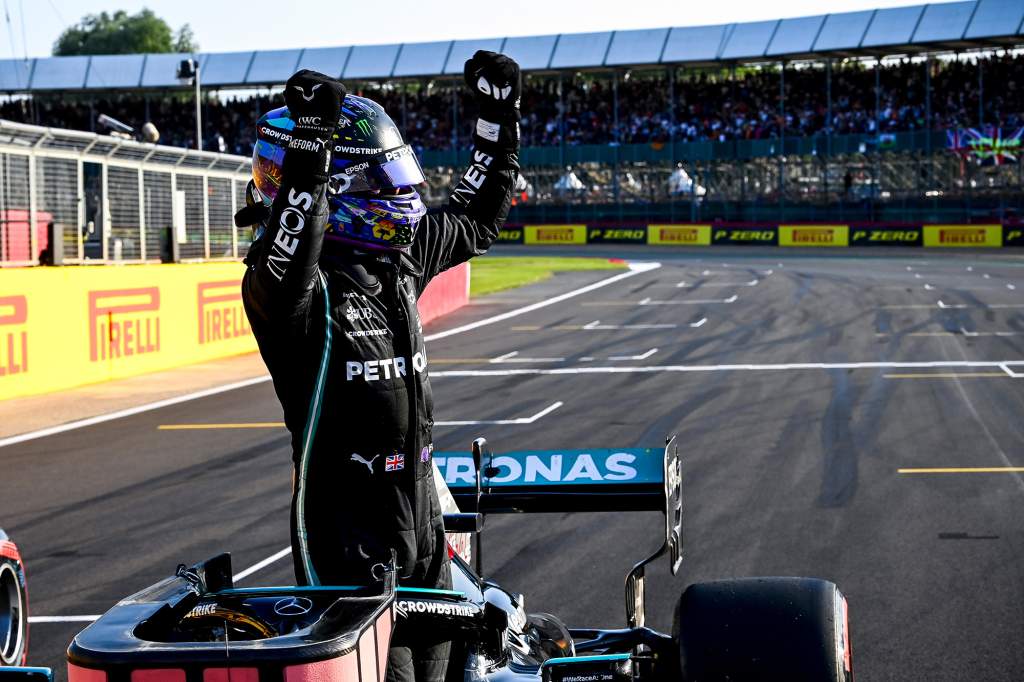
Following criticism last season, official pole position will be awarded to whoever is fastest in Friday afternoon’s qualifying session.
This is solely for the purposes of the statistical records, preventing what happened last season where none of the three drivers who topped the conventional qualifying session were credited with a pole.
This change has itself drawn criticism on the basis that the fastest driver in qualifying doesn’t necessarily start on pole position for the grand prix.
Confusing, certainly, but the new statistical approach is the lesser of two evils, as the pole tally is more valuable as a measure of single-lap achievement than as a mundane record simply of who started on pole position – as counter-intuitive as that sounds. Such unsatisfying situations are the inevitable consequence of format changes.
Extra cost cap allowance continues
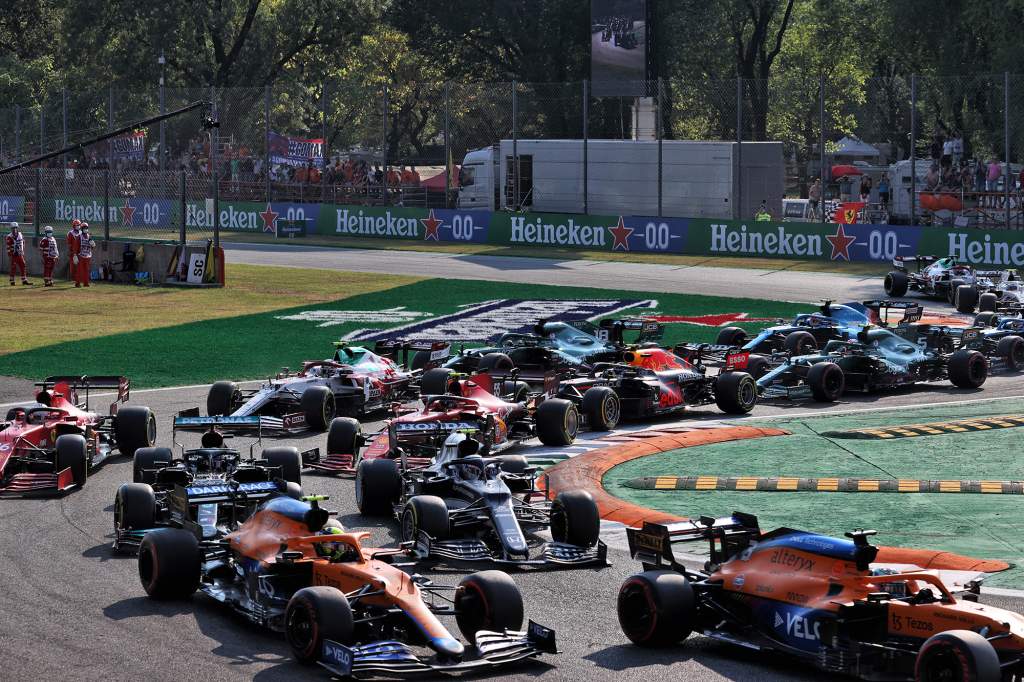
The dispute over sprints during the winter centred on the big teams pushing for extra allowance in the cost cap for the sprint events to cover running costs and damage. Red Bull was at the forefront of this.
As a result of the stalemate, the extra financial allowance permitted last year carried over. This gives teams an extra $150,000 for each sprint.
There is also the provision for teams to be permitted $100,000 per car in the case of damage sustained that results in either retirement or a visit to the pits during the sprint – provided it proves “to the satisfaction of cost cap administration” that this is justified. This can apply to each car.
There is also scope for extra allowance in the case of a major accident that costs more than $100,000.
What isn’t happening
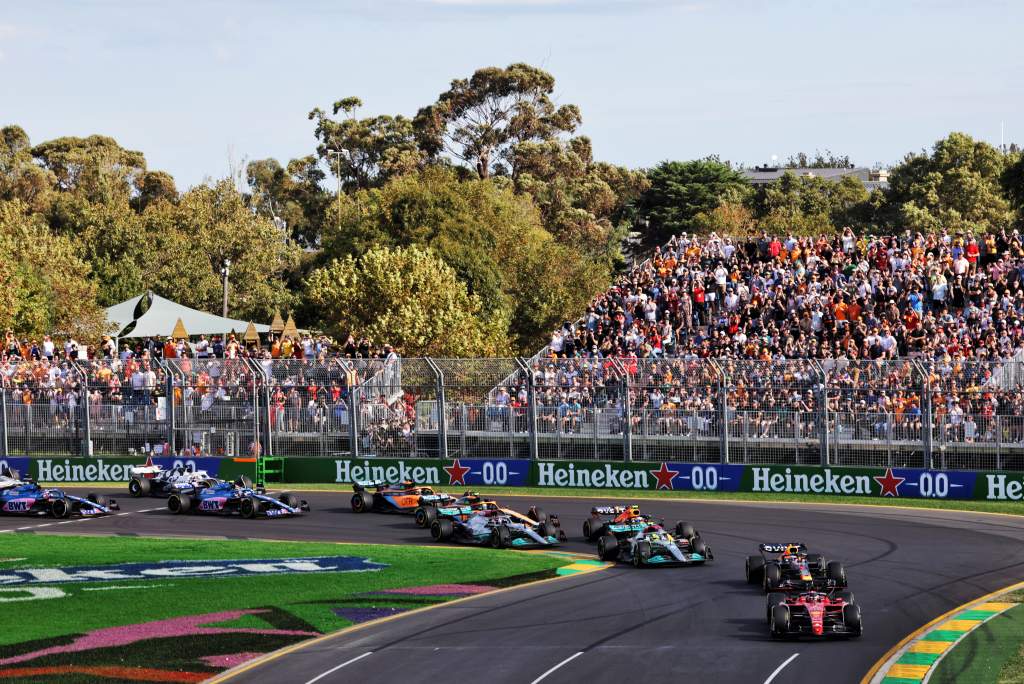
Among the changes that were discussed but not introduced were the possibility of the sprint being standalone and not setting the grid for the race. This remains an option for the future.
Among the more extreme suggestions floated were ideas such as a mixed-up or even reverse grid.
But these ideas were dismissed in favour of a very conservative evolution of the sprint format rules, both as a consequence of the difficulty of getting agreement on changing the rules and the need for F1 to tread carefully given the mixed reaction last year.


